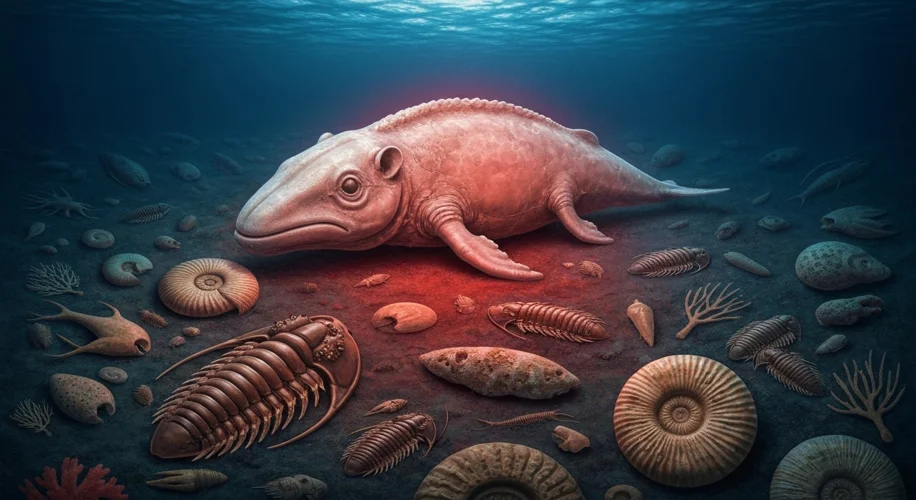Imagine a world millions of years ago, where Australia’s oceans teemed not with the familiar giants of today, but with a dazzling array of small, peculiar whales. For many, the image of a whale conjures a magnificent, immense creature. Yet, the paleontology unearthed in Australia paints a vastly different, and perhaps more wondrous, picture: a cornucopia of tiny, bizarre cetaceans that once plied these very waters.
For decades, the rugged coastlines and ancient sedimentary layers of Australia have been yielding secrets, not just of terrestrial life, but of the vibrant marine ecosystems that preceded them. Among the most astonishing discoveries are the remnants of ancient whales, a testament to the incredible evolutionary journey of these marine mammals. These aren’t the leviathans of modern lore; instead, researchers have unearthed evidence of small, often strangely shaped whales, hinting at a diversity of forms and lifestyles that challenge our preconceptions.
Consider the Miocene epoch, roughly 23 to 5 million years ago. This was a time of significant change for marine life. Australia, much like today, was a continent rich in unique biodiversity. The fossil record, painstakingly pieced together by paleontologists, reveals that this era was particularly dynamic for whales. Instead of finding just a few common species, scientists have been astounded by the sheer variety of small to medium-sized whales, many possessing features that seem almost alien.

One such discovery, unearthed in South Australia, offers a tantalizing glimpse into this lost world. While the exact species might be new to science or still under detailed study, the fossilized remains often showcase distinctive cranial structures or vertebral column designs that set them apart from their modern descendants. Some might have had uniquely adapted jaws for feeding on smaller prey, while others could have possessed specialized sensory organs for navigating murky, ancient waters.
These findings are not merely curiosities; they are crucial pieces of a much larger evolutionary puzzle. The diversification of whales, known as cetaceans, is a well-documented phenomenon, but the specific pathways and niches occupied by ancient species are often pieced together from fragmented evidence. Australia, with its long geological history and the preservation of its marine sediments, has become a vital laboratory for understanding this story.
The significance of these small, unusual whales lies in what they tell us about early cetacean evolution. They represent branches on the evolutionary tree that may have been short-lived or specialized for particular environments that no longer exist. Their existence suggests that the successful lineage leading to modern whales, like the blue whale or the humpback, might have outcompeted or superseded these more “experimental” forms. The forces driving this evolutionary divergence – climate change, shifts in prey availability, or even the emergence of new predators – are subjects of ongoing research.
The ancient Australian seas were likely a rich hunting ground, supporting a complex food web. The presence of these smaller whales indicates a robust ecosystem capable of sustaining a variety of marine life. Understanding their diet, their social behaviors (inferred from bone structures and associated fossils), and their place in the food chain helps us reconstruct these prehistoric environments with greater accuracy.
For the ordinary person interested in history, these discoveries offer a profound connection to the deep past of our own continent. They remind us that the familiar landscapes and coastlines of Australia have a history stretching back eons, a history that includes incredible, even bizarre, creatures that walked and swam where we now stand. It’s a humbling reminder of the impermanence of species and the constant, relentless march of evolution.
The ongoing work of paleontologists in Australia continues to shed light on these ancient marine marvels. Each new fossil unearthed is a message from a distant past, whispering stories of adaptation, survival, and the ever-changing tapestry of life on Earth. The next time you gaze out at the ocean, remember that beneath the waves lies a history far stranger and more wonderful than we can often imagine, a history populated by a cornucopia of tiny, bizarre whales.

